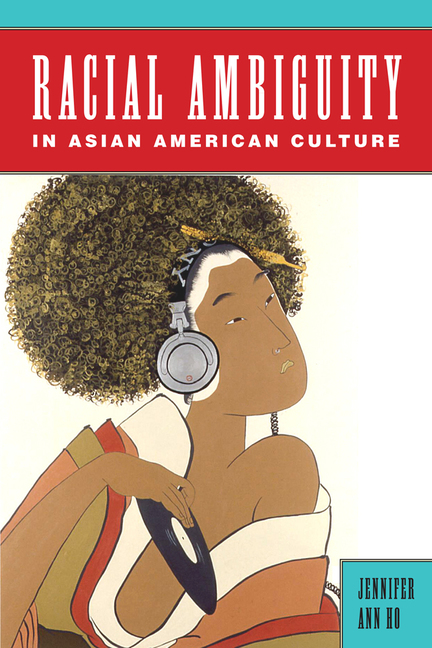White Latino Racism on the Rise: It’s Time for a Serious Conversation on Euro-Diasporic WhitenessPosted in Articles, Caribbean/Latin America, Communications/Media Studies, History, Latino Studies, Media Archive, Passing, Social Science, United States on 2015-12-24 23:30Z by Steven |
White Latino Racism on the Rise: It’s Time for a Serious Conversation on Euro-Diasporic Whiteness
Latino Rebels
2015-12-21
A common misconnection that exists today rests on the notion that there are no racial hierarchies in Latin American countries or within the Latino communities in the United States. In other words, Latino (or Hispanic) is itself a race. For many, this conversation is a pointless squabble that halts the true need for unity amongst marginalized groups in the United States. Unfortunately, overlooking the importance of this issue has in fact delineated separation and a lack of interest in each other’s problems.
The shooting of unarmed African-American teenager Trayvon Martin by a half-Peruvian and half-White man named George Zimmerman, the rise of so-called Hispanic conservatives like Ted Cruz, Al Cardenas and Marco Rubio, and the examples of racist comments by Latinos in the media like Rodner Figueroa, have made it impossible to have a conversation of Latinos and race. It is becoming clear that Whites from Latin America, although marginalized by Anglo-Whites, have been able to pass as honorary Whites and benefit from the inequalities formed by White Supremacy. This is not new, and it has a history.
Many people who neglect to explore the history of Latin Americans in the United Sates fail to analyze people like the famous white Cuban Ricky Ricardo (Desi Arnaz), who penetrated the American television series “I Love Lucy” (1951) at a time when Black people were not even allowed to perform next to White actors. Lucy (Lucille Ball) was Arnaz’ real wife, and both enjoyed a long and prosperous career in the film industry. In 1954 Arnaz was even able to get a role as the famous Don Juan…
…While many invoke the idea of mestizaje (racial mixing) and the one-drop rule, it did not determine Latin American identity racially. The false idea that you were non-White if any of your ancestors was not White has been a common belief that undergirded racial categories and Whiteness as passing in the United States. Regardless if Arnaz was considered White or not, his Whiteness allowed him to pass and have access to Hollywood. Arnaz benefited from the system of White Supremacy. While Arnaz was able to remain Cuban (while also being marginalized), Hernández was not able to be Puerto Rican because he was Black…
Read the entire article here.





